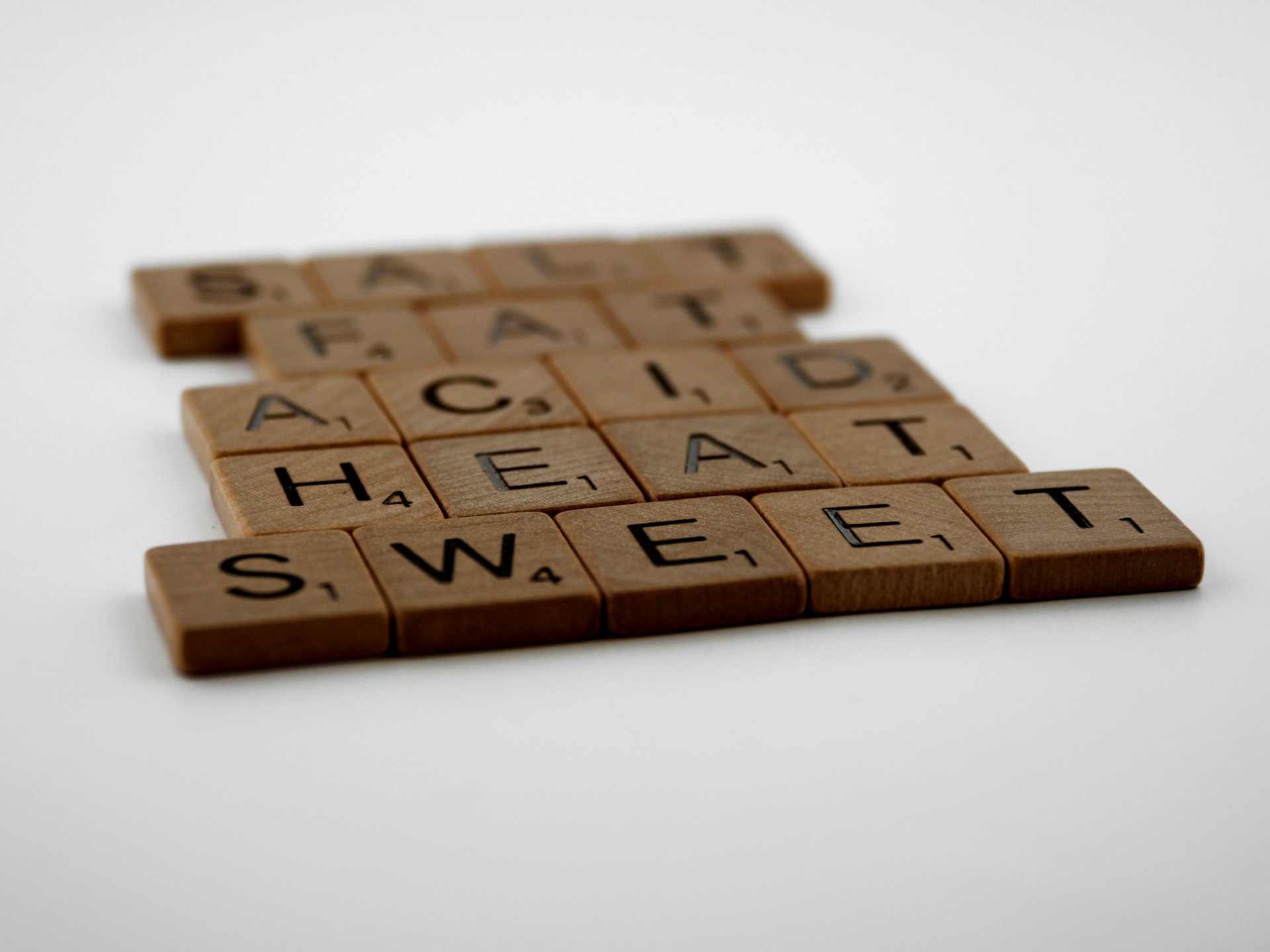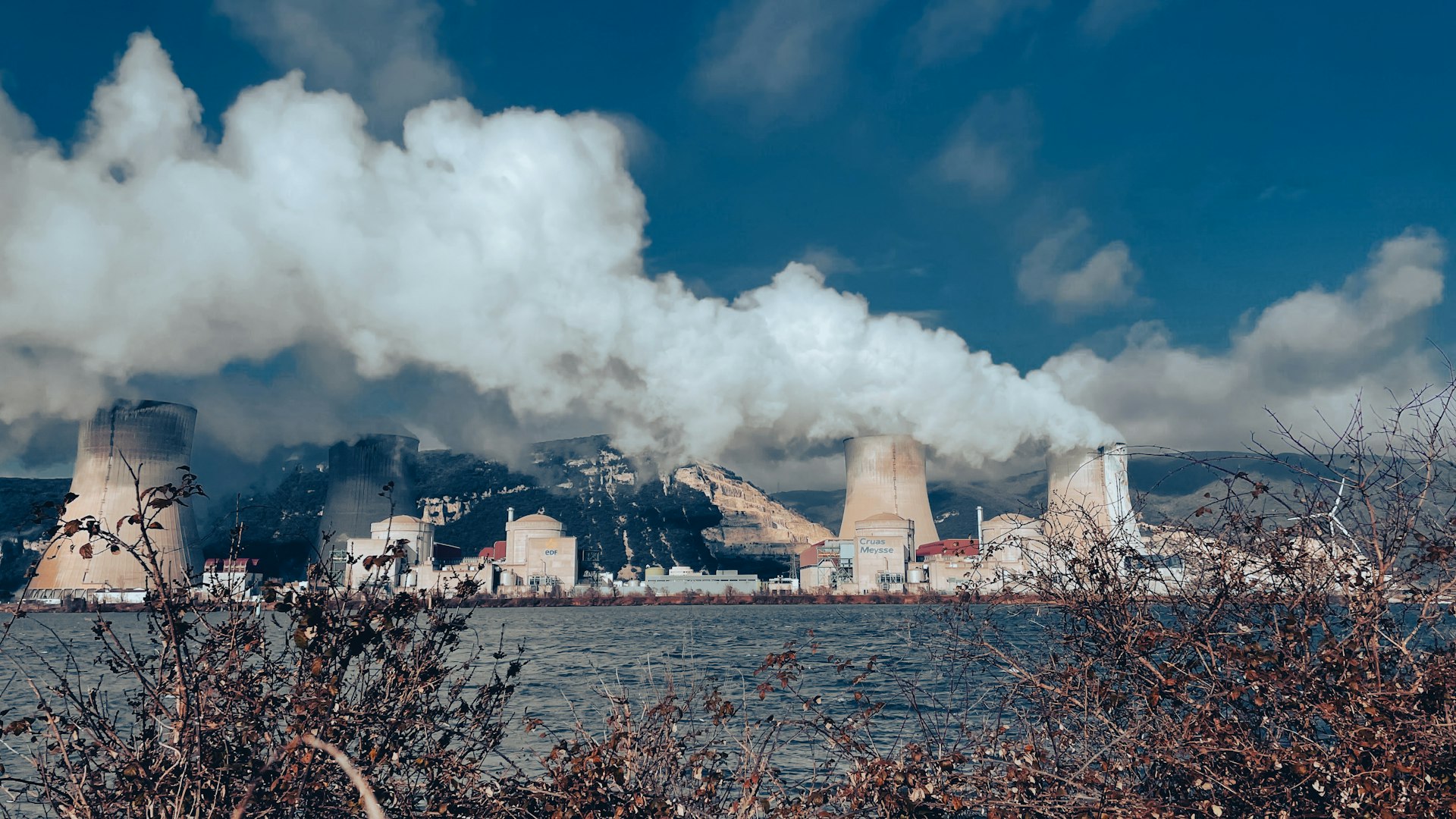How Water Pollution Impacts the Environment: Causes, Consequences, and Solutions

Photo by Raymond Eichelberger on Unsplash
Introduction
Water pollution is one of the most pressing environmental challenges of our time, affecting every corner of the globe. From industrial discharges to agricultural runoff, contaminants entering rivers, lakes, and oceans disrupt delicate ecosystems, harm aquatic and terrestrial life, and pose serious risks to human health. Understanding how water pollution affects the environment is essential for developing effective strategies to mitigate its impact and safeguard water resources for future generations.
What Is Water Pollution?
Water pollution occurs when harmful substances-such as chemicals, heavy metals, plastics, pathogens, and excess nutrients-enter water bodies, altering their natural composition and making them unsafe for humans, animals, and plants [2] . These pollutants can originate from point sources, like factory outfalls, or non-point sources, such as agricultural fields and urban stormwater runoff. Regardless of the source, the consequences are far-reaching and often irreversible without concerted intervention.
Key Effects of Water Pollution on the Environment
Biodiversity Loss and Ecosystem Disruption
Healthy aquatic ecosystems depend on a complex web of interactions between plants, animals, bacteria, and fungi. When pollutants enter these systems, they can devastate biodiversity by killing sensitive species, altering habitat conditions, and disrupting food chains [1] . For example, excess nutrients from fertilizers can cause algal blooms, which deplete oxygen in the water and create “dead zones” where few organisms can survive [1] . These blooms can also produce toxins harmful to fish, marine mammals, and even humans who consume contaminated seafood.
Pollution-induced changes in water temperature, pH, and oxygen levels further stress aquatic life, making it difficult for native species to thrive. The loss of key species-such as pollinators, predators, or prey-can trigger a cascade of effects, destabilizing entire ecosystems and reducing their resilience to other environmental stresses [2] .
Contamination of the Food Chain
Many pollutants, including heavy metals and persistent organic chemicals, do not break down easily. Instead, they accumulate in the tissues of aquatic organisms and move up the food chain, a process known as biomagnification. Predators at the top of the food chain-including humans-can ingest dangerous concentrations of these toxins, leading to health problems such as neurological damage, cancer, and reproductive issues [2] . Contaminated fish and shellfish harvested from polluted waters pose direct risks to communities that rely on these resources for food and income.

Photo by Bruno Brikmanis-Jurjans on Unsplash
Destruction of Aquatic Habitats
Water pollution degrades the physical and chemical conditions necessary for healthy aquatic habitats. Sediment from erosion can smother riverbeds and coral reefs, while chemical pollutants can poison wetlands and estuaries that serve as critical nurseries for fish and birds. The loss of aquatic vegetation-which filters pollutants and provides oxygen-further degrades water quality and reduces habitat complexity [2] . Over time, these changes can lead to the collapse of local fisheries, the disappearance of sensitive species, and the overall decline of ecosystem services that support human well-being.
Economic Consequences
The economic toll of water pollution is substantial. Polluted water reduces the productivity of fisheries, increases the cost of treating drinking water, and diminishes the value of waterfront properties and recreational areas [1] . The World Bank has warned that deteriorating water quality can stall economic growth and exacerbate poverty, particularly in regions where communities depend heavily on natural resources [3] . Industries such as tourism and agriculture also suffer when water quality declines, leading to job losses and reduced economic opportunities.
Human Health Impacts
Water pollution is a major public health concern, especially in areas without access to clean drinking water and adequate sanitation. Contaminated water can transmit diseases such as cholera, dysentery, and hepatitis A, causing illness and death, particularly among children [3] . The United Nations estimates that billions of people worldwide lack access to safe water, and diarrheal diseases linked to poor water quality claim the lives of about 1,000 children every day [3] . Even in developed nations, accidental or illegal discharges can introduce harmful pathogens and chemicals into water supplies, posing risks to entire communities.
Sources and Causes of Water Pollution
Water pollution stems from a variety of human activities:
- Industrial discharges: Factories and manufacturing plants often release untreated or poorly treated wastewater containing toxic chemicals, heavy metals, and other hazardous substances.
- Agricultural runoff: Fertilizers, pesticides, and animal waste from farms wash into rivers and lakes, causing nutrient pollution and algal blooms.
- Urban runoff: Stormwater from cities carries oil, grease, trash, and chemicals from roads and parking lots into nearby water bodies.
- Sewage and wastewater: Inadequate sewage treatment or overflow events can release pathogens and organic matter into waterways.
- Plastic pollution: Discarded plastics break down into microplastics, which are ingested by marine life and can enter the human food chain.
Solutions and Prevention
Addressing water pollution requires coordinated action at local, national, and global levels. Effective strategies include:
Improved Wastewater Treatment
Upgrading sewage treatment infrastructure and enforcing stricter regulations on industrial discharges can significantly reduce the amount of pollutants entering water bodies. Communities can advocate for better wastewater management and support policies that hold polluters accountable.
Sustainable Agricultural Practices
Farmers can adopt practices such as precision agriculture, buffer strips, and integrated pest management to minimize runoff of fertilizers and pesticides. Governments and organizations can provide incentives for adopting these practices and educate farmers on their benefits.
Urban Stormwater Management
Cities can implement green infrastructure-such as rain gardens, permeable pavements, and constructed wetlands-to capture and filter stormwater before it reaches rivers and lakes. Residents can reduce their contribution to urban runoff by properly disposing of household chemicals and minimizing the use of lawn fertilizers.
Plastic Waste Reduction
Reducing single-use plastics, improving recycling systems, and participating in community clean-up efforts can help keep plastics out of waterways. Consumers can choose products with minimal packaging and support companies committed to sustainable practices.
Public Education and Advocacy
Raising awareness about the causes and consequences of water pollution is critical for driving change. Individuals can educate themselves and others, participate in citizen science projects, and advocate for stronger environmental protections.
How to Take Action
If you are concerned about water pollution in your community, consider the following steps:
- Monitor local water quality: Many organizations and government agencies provide water quality data for rivers, lakes, and beaches. You can often find this information by searching your state or country’s environmental protection agency website.
- Report pollution incidents: If you observe illegal dumping or suspicious discharges, report them to local authorities or environmental agencies. Provide as much detail as possible, including the location, time, and nature of the incident.
- Participate in clean-up events: Join local groups that organize river, lake, or beach clean-ups to help remove trash and debris from waterways.
- Support conservation organizations: Many nonprofits work to protect and restore water resources. Consider donating or volunteering with groups that focus on water quality and habitat restoration.
- Advocate for policy change: Contact elected officials to express support for stronger water pollution regulations and funding for clean water initiatives.
Conclusion
Water pollution poses a serious threat to ecosystems, wildlife, human health, and economies around the world. The causes are varied, but the consequences are clear: degraded habitats, lost biodiversity, contaminated food supplies, and increased disease. By understanding how water pollution affects the environment, individuals, communities, and governments can take meaningful steps to reduce pollution, protect water resources, and ensure a healthier future for all.
References
[1] Active Sustainability. Causes and consequences of water pollution.
MORE FROM promohunterpro.com













